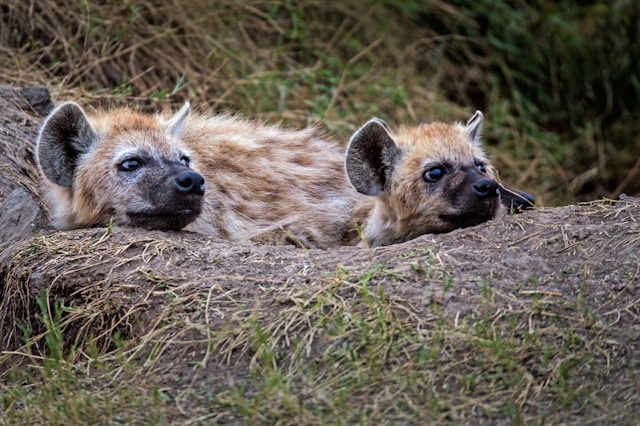Researchers reveal how species like hyenas and big cats adjust their jaw mechanics to cope with tooth wear, with surprising findings on extinct carnivores.
A groundbreaking study published in PeerJ has revealed fascinating new insights into how hypercarnivores—highly carnivorous mammals—adapt their jaw mechanics to cope with tooth wear. The research, led by Dr. Jack Tseng, investigates how tooth wear affects bite efficiency and whether these animals adjust their feeding strategies to manage the wear and tear on their teeth over time.
Hypercarnivores, which include meat-eating specialists, scavengers, and bone-crushing predators, face a unique challenge. Unlike some animals that have regenerative teeth, mammals rely on their permanent adult teeth, which do not grow back. As these teeth wear down, bite efficiency often declines. The study, therefore, sought to explore how different species of carnivores—ranging from big cats to hyenas—adapt biomechanically to this inevitable tooth loss.
Embed from Getty ImagesDr. Tseng and his team examined three main types of carnivores: meat specialists (such as lions and tigers), scavengers (like vultures and other scavenging mammals), and bone-cracking predators, particularly the spotted hyena. Through morphofunctional analysis, they studied key variables such as jawbone depth, bite efficiency, and jaw stress during biting. The researchers aimed to determine if these animals displayed any compensatory mechanical changes in their jaws as their teeth wore down.
The findings of the study were both intriguing and revealing. Among the species tested, only the bone-cracking hyenas demonstrated a clear adaptation in bite efficiency as their teeth wore down. The hyenas were able to maintain their biting performance without adding additional stress to their jaws, even with worn teeth. This ability to compensate biomechanically for tooth wear is thought to be essential for hyenas, whose diet often involves crushing bones—requiring powerful and efficient bites.
In contrast, meat specialists like big cats and scavengers did not show significant changes in their jaw mechanics as their teeth became worn. This suggests that these species may rely more on behavioural adaptations, rather than biomechanical adjustments, to continue hunting or scavenging. It indicates that they may change their hunting strategies, food preferences, or processing methods as their teeth degrade.
An exciting aspect of the study was the inclusion of the extinct carnivore Hyaenodon, a species thought to have similar feeding adaptations to modern hyenas. The study found that, much like hyenas, Hyaenodon exhibited increased bite efficiency even with worn teeth. However, the researchers believe that the adaptation seen in Hyaenodon was likely the result of evolutionary pressures specific to that species, rather than a generalised adaptation seen across all hypercarnivores.
Dr. Tseng explained the broader implications of the study, noting, “Once grown, adult teeth in living mammals are irreplaceable and have to last their entire lives. For top predators that rely on their teeth to acquire and process food, we wondered if changes in feeding performance from dental wear and tear were compensated for by how the jaw mechanically resists stress from biting. We discovered that living predators and the extinct Hyaenodon may have used different biomechanical strategies to compensate for worn teeth.”
This research not only illuminates the biomechanics of modern carnivores but also prompts a reevaluation of how we understand carnivore guilds, both past and present. By examining how these animals adapt to tooth wear, Dr. Tseng’s team is challenging long-held assumptions about the relationship between feeding performance and evolutionary adaptation in hypercarnivores. Their findings underscore the dynamic relationship between evolutionary pressures and the life history stages of animals, revealing just how intricately adapted these creatures are to the challenges they face in the wild.
For scientists, this study offers an opportunity to reconsider how we assess the survival strategies of carnivorous animals. It also opens up new avenues for understanding the evolutionary history of species, including extinct carnivores like Hyaenodon, which may have relied on different biomechanical adaptations compared to their modern counterparts
